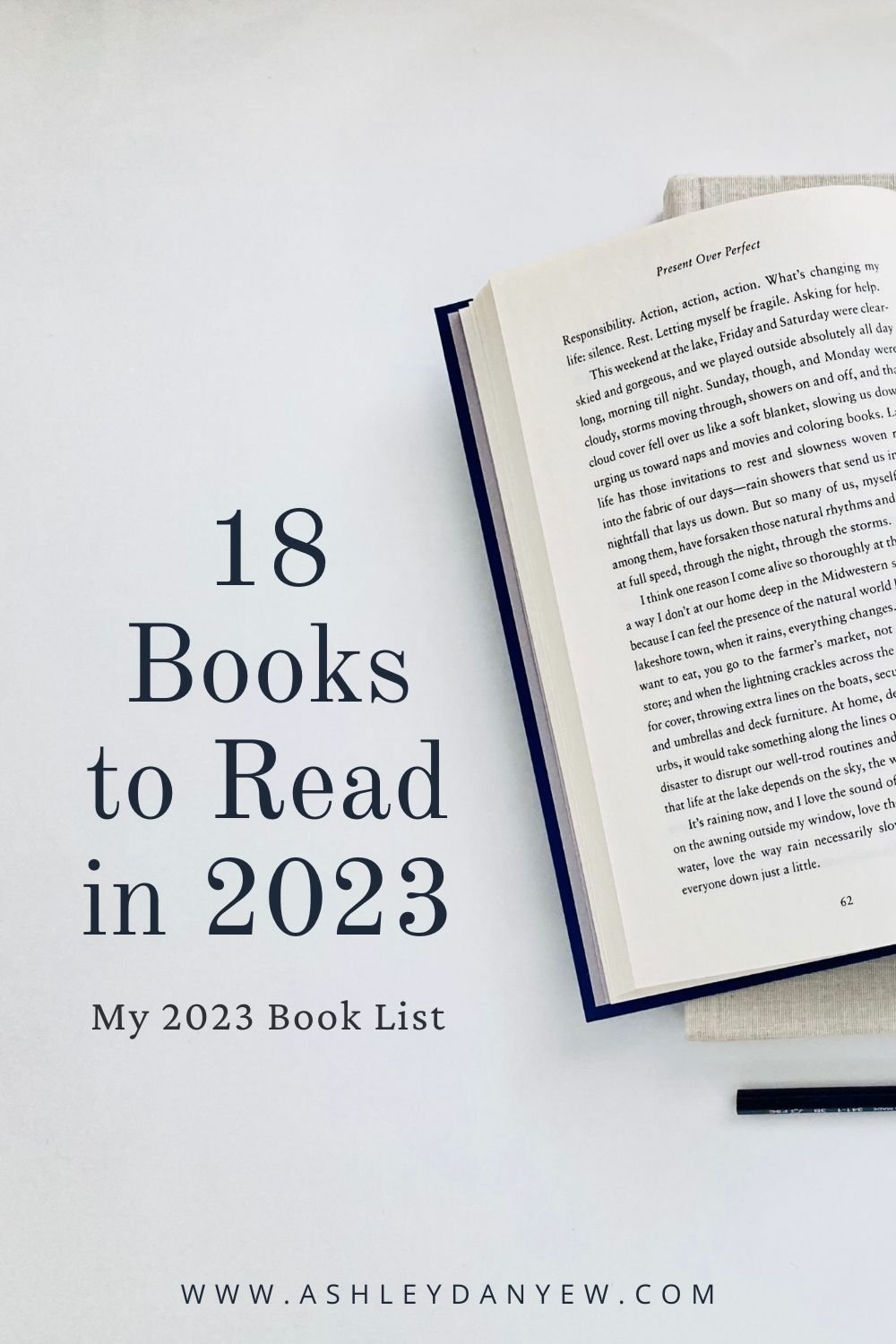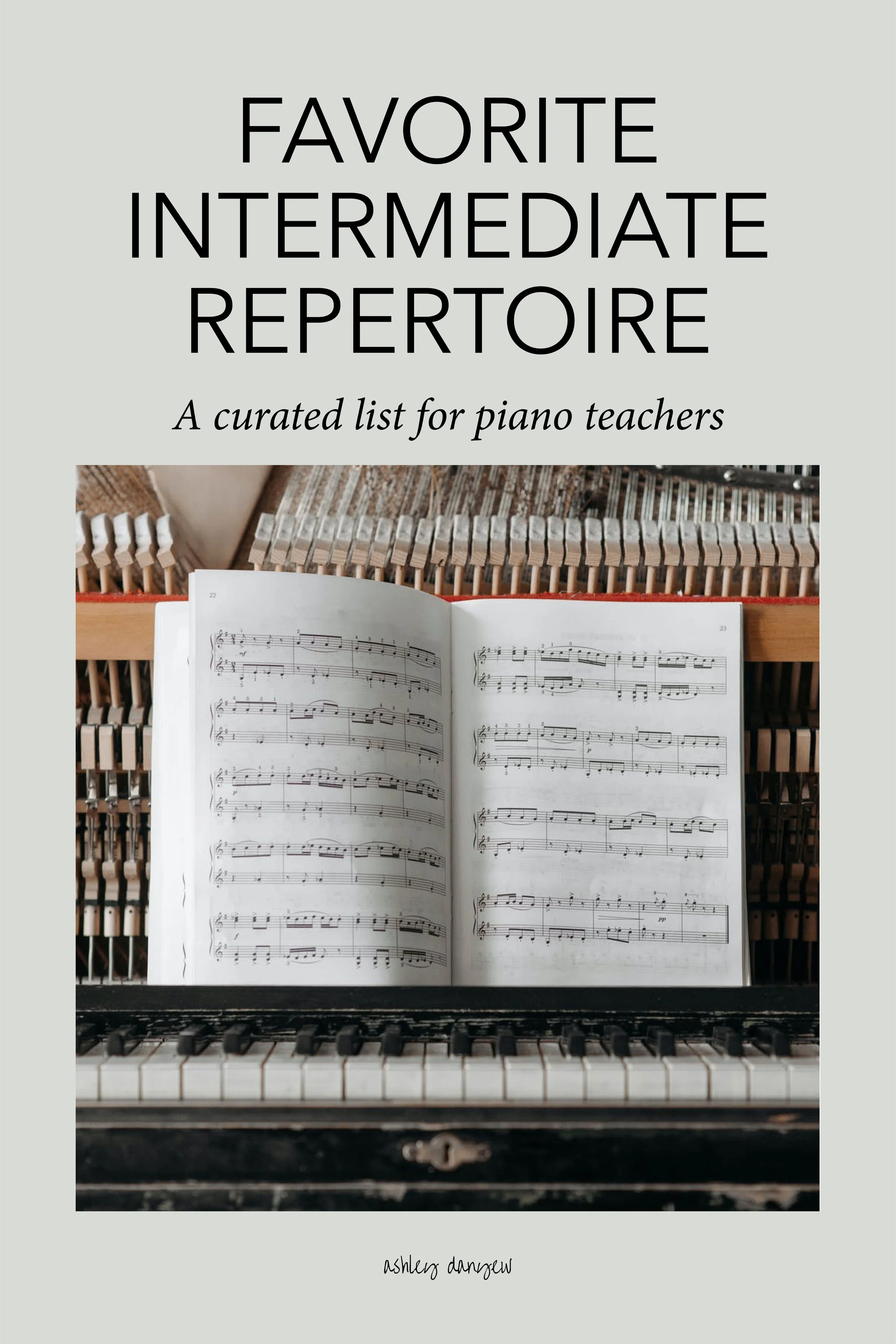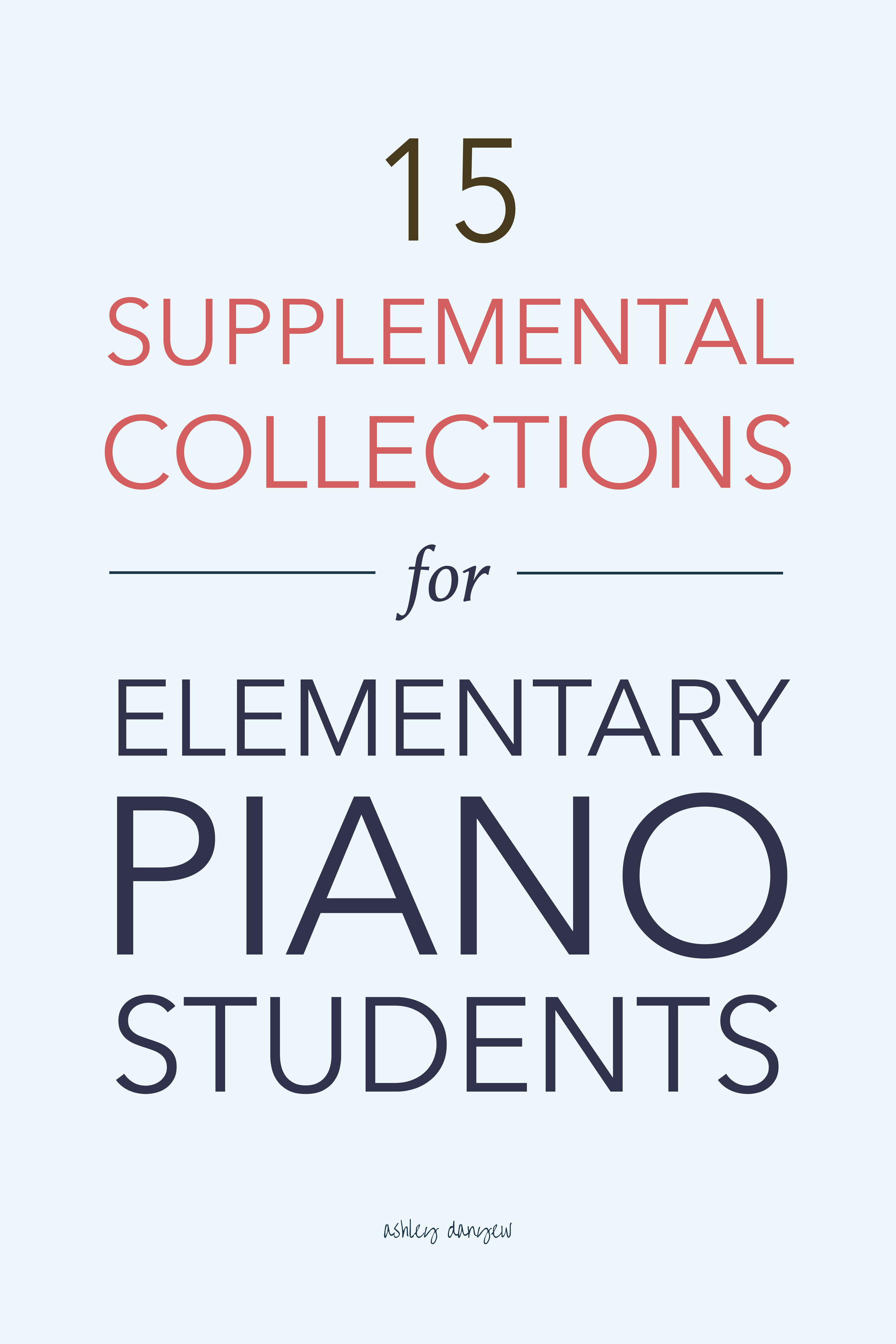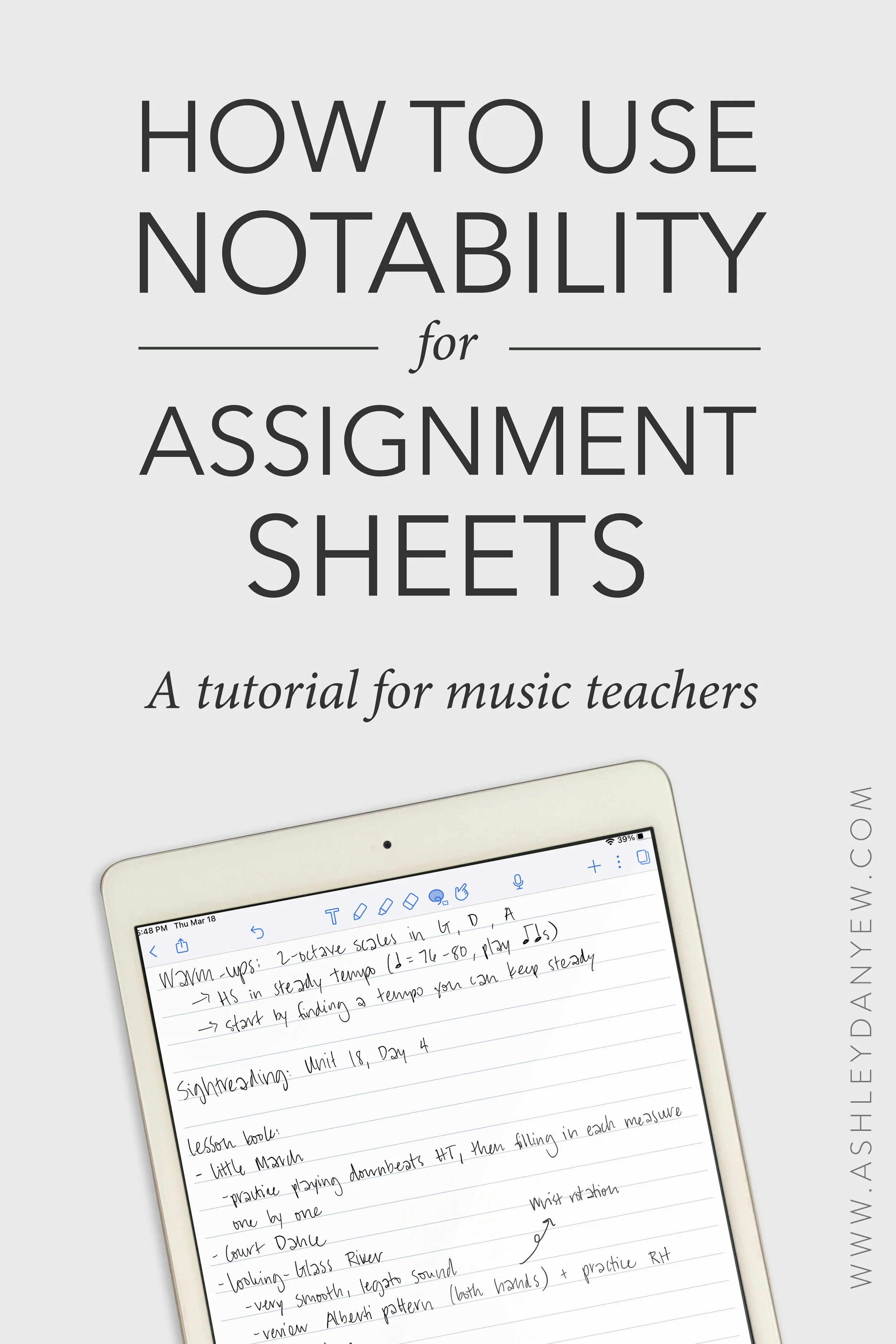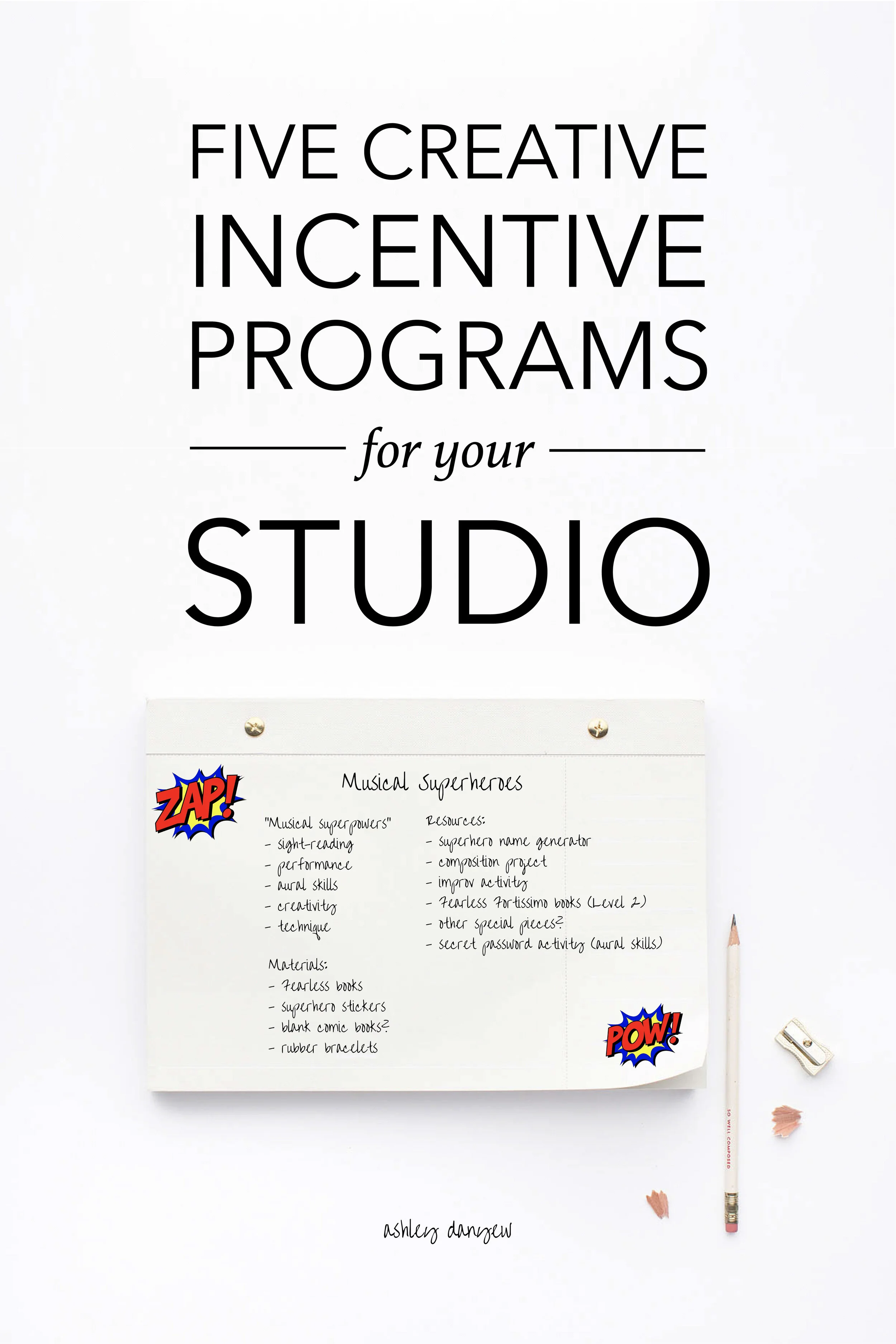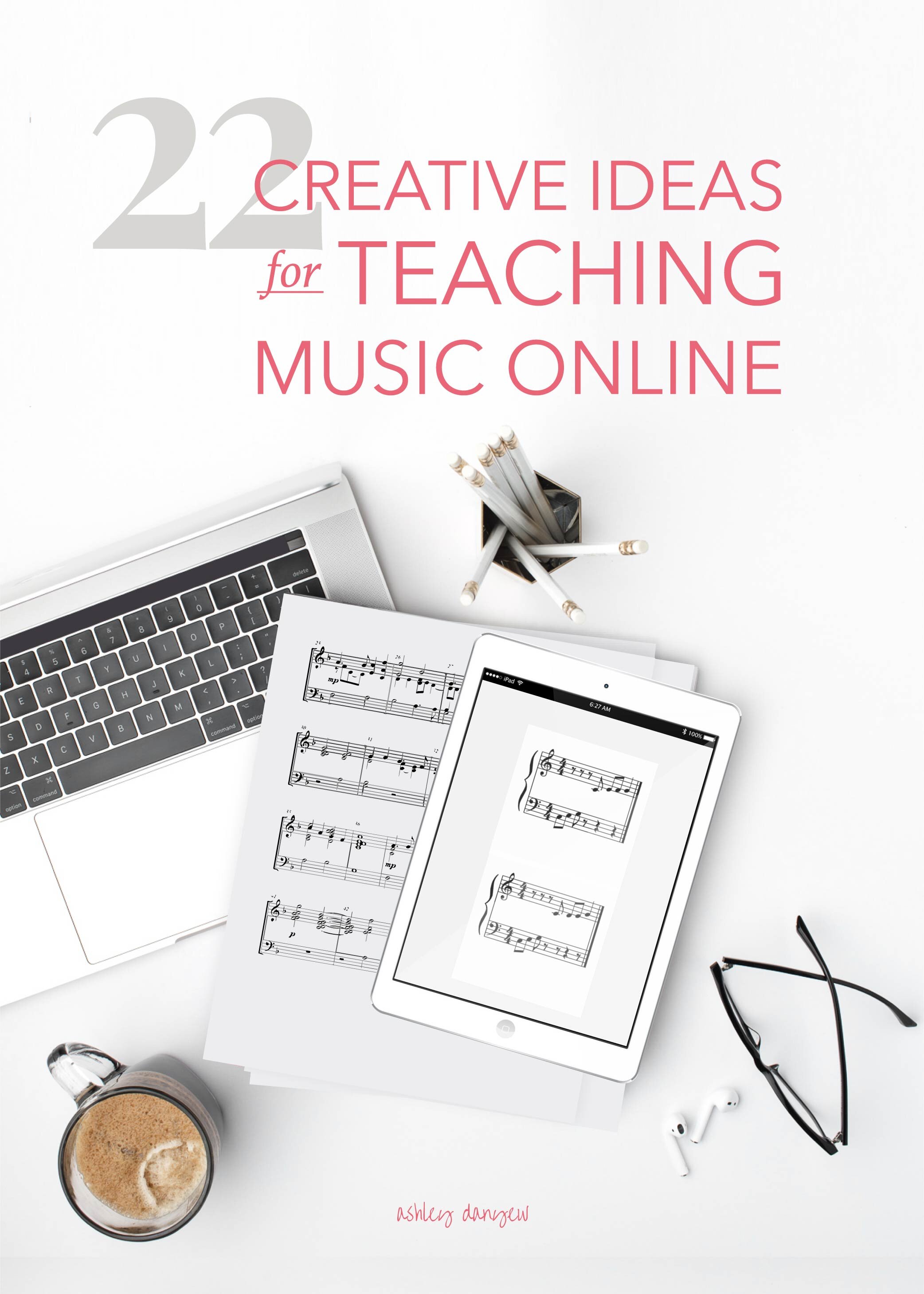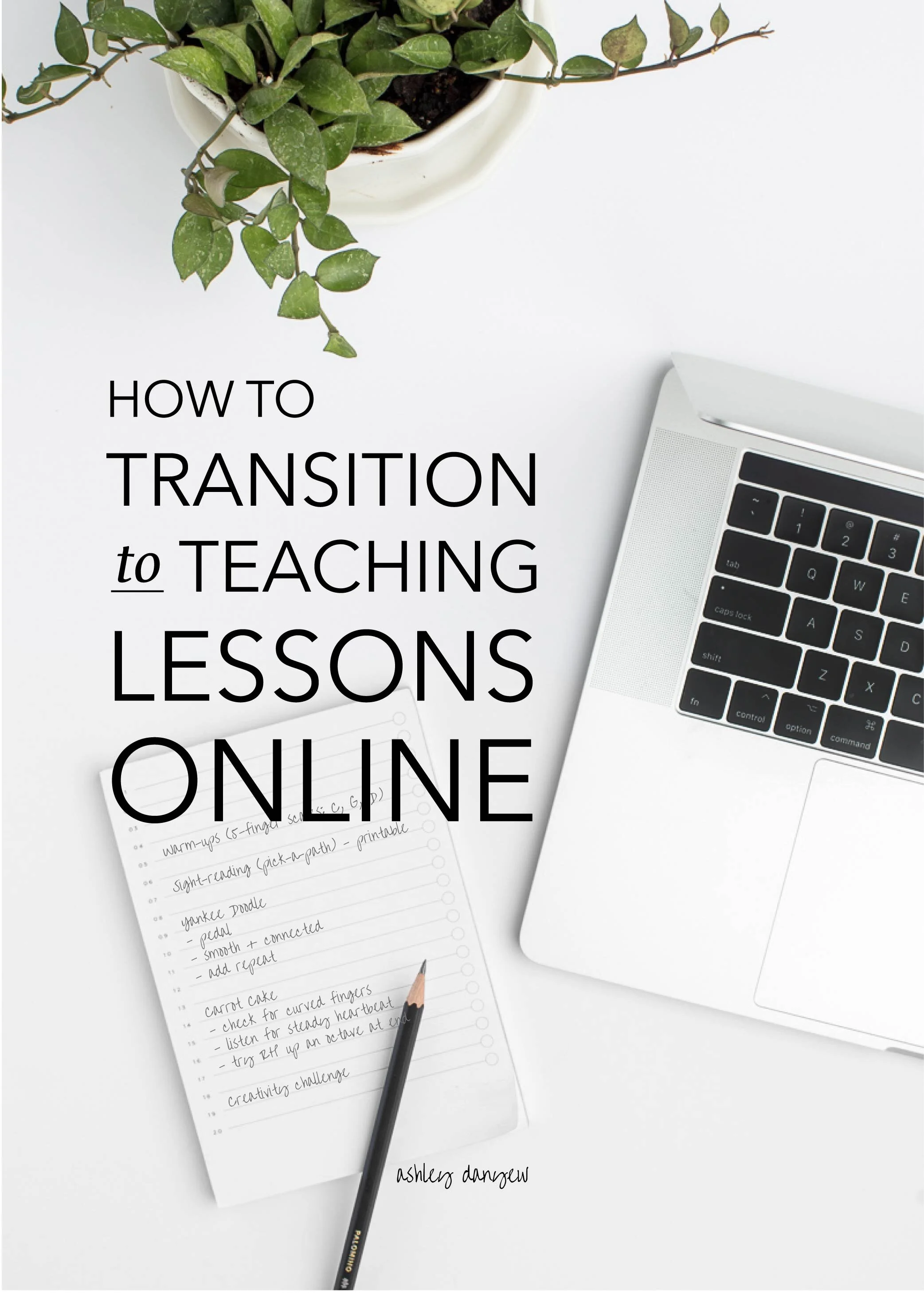5 Ways to Foster Creativity in Your Piano Students
1. Find ways to incorporate creative movement.
Introduce a new rhythm pattern (preparation for a new song, perhaps) and ask the student to create a corresponding movement. I had a student last week suggest elbows and fist pumps. I kid you not.
2. Use different voices to speak rhythm patterns.
Sometimes, rhythm syllables and neutral syllables get old. Some other creative ideas include: opera star, baby, howling dog, barking dog, cow, etc.
3. Improvise.
Build in time for an in-lesson improvisation, based on something familiar to the student.
For instance, I had a student last week who had just gotten back from Zoo Camp. Naturally, I asked him to improvise a song about the animals at the zoo. He chose to include: lions, a tiger, a gazelle, a crocodile, a blue jay, and a mouse. (I know because he added in narration along the way.)
4. Respond to the moment.
This is a creative challenge for teachers - what do you with a wiggly five-year-old at the end of their lesson when you're just trying to get through "In a Canoe" and they just want to experiment?
You propose a "murky water" improv section (setting the scene for the canoe) + patterns from the song. And you go with it.
5. Give a weekly creativity challenge.
I add this to the bottom of the student's assignment sheet. I usually provide a few simple parameters (i.e. use only black keys or only short sounds) and/or a theme or point of inspiration.
Here’s an example for a kindergarten student:
“Create a song about cars and trucks. What do they sound like? Are they driving or stuck in traffic? Be sure to give your improvisation or composition a name!”
Related post: 40 Ideas to Inspire Creativity in Your Piano Students













